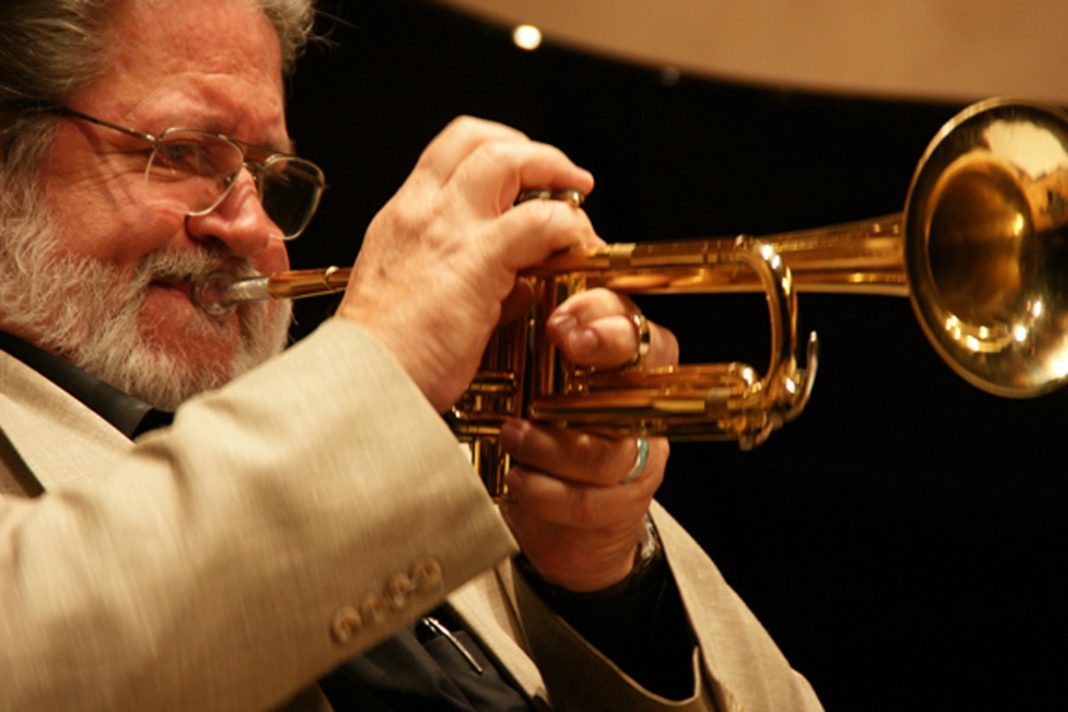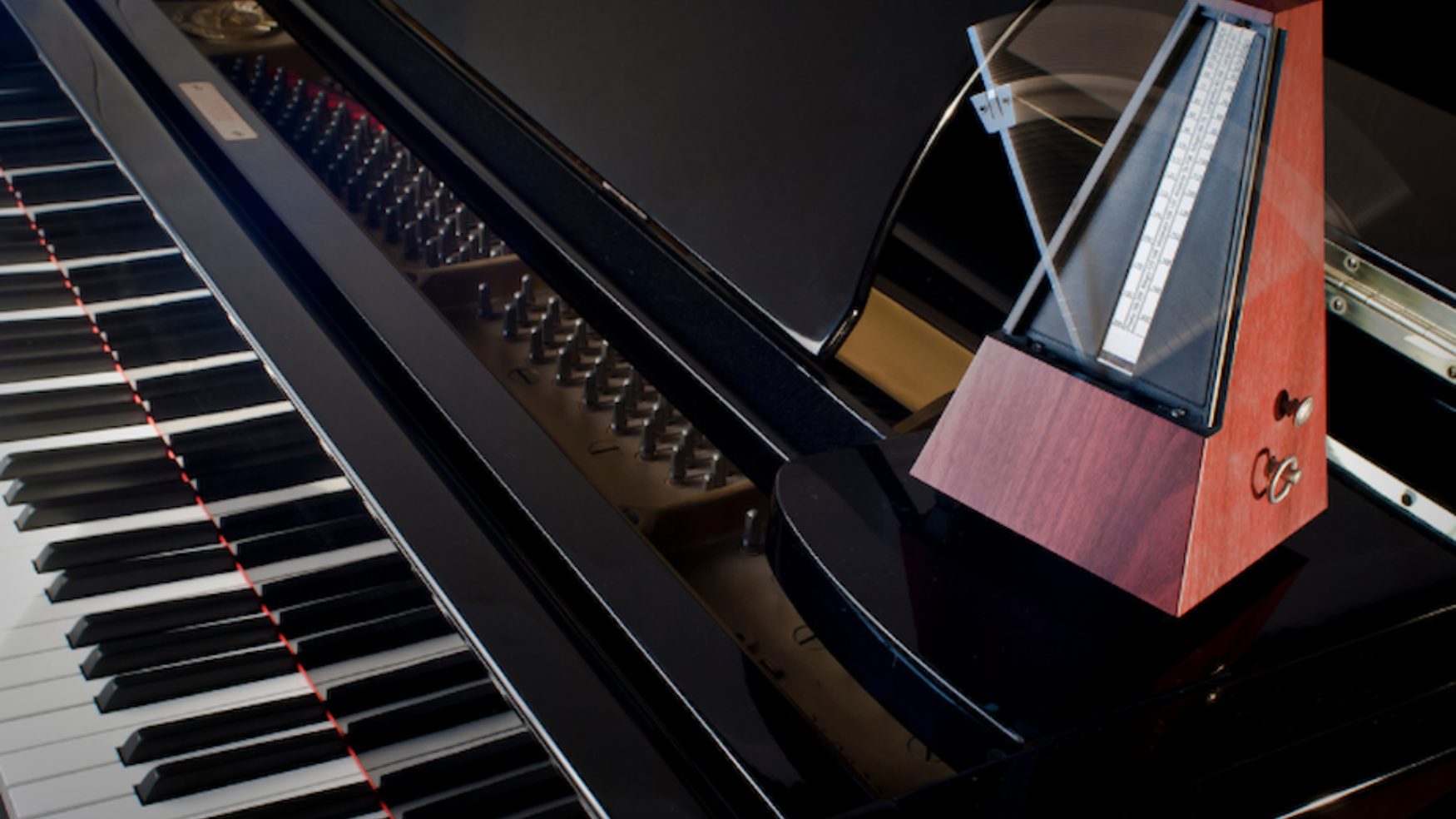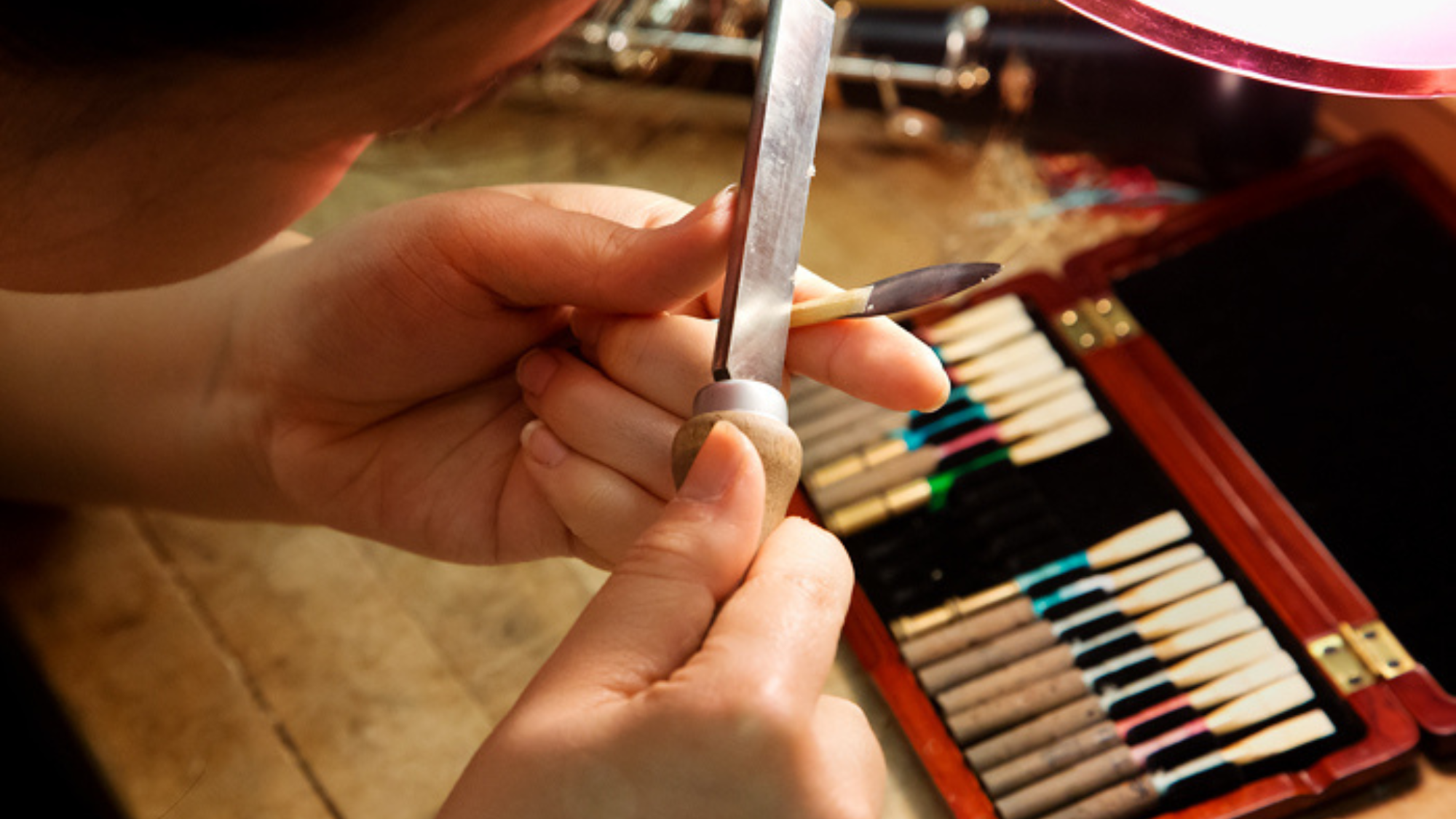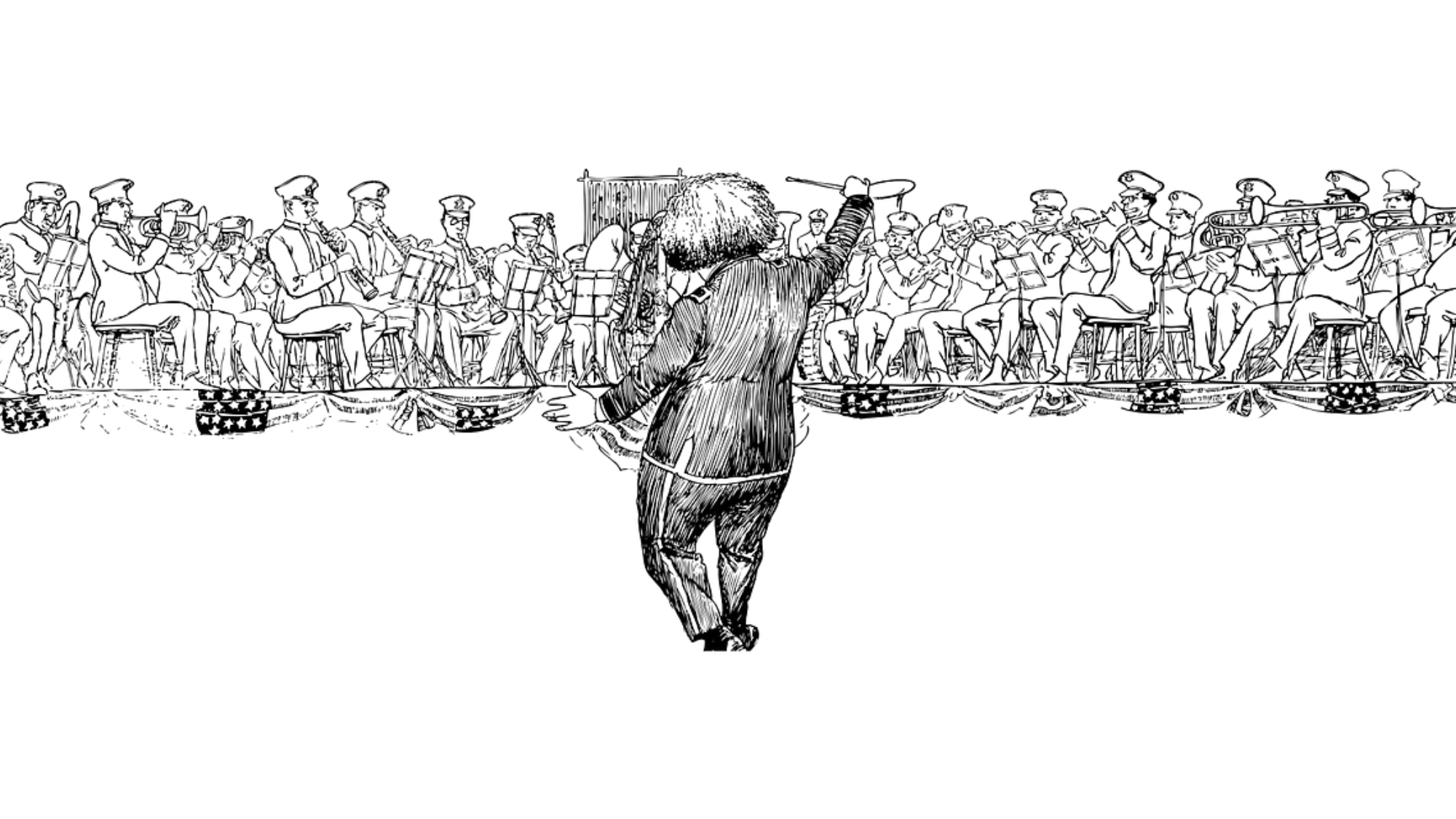Over the years of performing and teaching, I’ve noticed a tremendous inconsistency of ideas regarding embouchure “warm-ups”. Because this is such a vital area of concern, I began questioning and investigating the subject to see what I might discover. Some very interesting things have shown up which I’d like to share here with you.
To start with, I’ve had the very good fortune over the years to meet many jazz fans who work in various areas of the medical profession and also several fans, who are to varying degrees, involved in sports. Without being a pest, I tried never to pass up an opportunity to find a few comfortable moments to ask them a few questions about muscles, nerve endings, glycogen secretions, etc., always hoping I might uncover some factual and therefore, stable information about the embouchure muscles. Generally, they were excited to share their knowledge with a person playing the music they loved. I also spent a bit of time digging through anatomy books, especially Gray’s Book of Anatomy. Certainly, a lot of data was over my head and outside of my area of interest. Therefore, I’m still lacking a lot of the total understanding I seek, but many vital pieces of information have shown up and are making a lot of sense. At the same time they’re helping me and my students a great deal.
Any smart athlete always spends time warming up his muscles before putting them to use in a taxing activity. These stretching, pumping exercises are designed to do one specific thing: to increase the circulation of blood into the muscles. This increased blood flow fills the muscles with blood and by doing so, raises the actual temperature of the muscle, thus, truly warming it (them) up. It should be obvious that an unwarm muscle can be more easily strained, cramped, or injured. A pole vaulter doesn’t vault the high bar to warm up; a runner doesn’t do laps around the track to warm up; the same is true of swimmers, weightlifters, boxers, etc. They all appear to have a personal set of exercises which they do FIRST before heading into their primary activity.
Well, its fairly logical to assume that we brass players are certainly involved in a somewhat athletic-like activity, especially if you’re playing a lead trumpet or lead trombone or a bass trombone chair or any kind of extended range playing. I think it really applies to any one playing in any type of situation. It’s ALL a lot of physical work on the chops. It would seem logical then that we might try warming up the muscles before we start playing the horn, our primary activity.
I’ve observed many students suffering in some very negative situations due to their fixed ideas about warming up: the first being that they are generally doing some sort of very literal, rote-like procedure daily and aren’t really aware WHEN they actually do get sufficiently warm to play. Lots of warmups tend to tire the students so much that they often have considerable difficulty playing after the warmup. Most students are bored by the sameness of these daily routines, which can tend to set up negative feelings and attitudes early in the day. This just becomes another problem to try to handle. A great many students and pro players I’ve known are fearful of playing anything at all until they’ve completed their systematic warm-up routine of pedals, long tones, arpeggios, or whatever. I’ve known far too many players who were mentally “handcuffed” by this sort of dependence. Actually, nearly all of us have to deal with slightly different feeling chops every day, mostly depending on how much and what kind of playing we do. It seems more sensible to learn to handle each day’s conditions in a “zen-like” manner, that is to say: one day at a time. In my own earlier days, trying to warm up a very stiff and swollen or a very thin and weak set of lip muscles was mostly discouraging, frustrating, and worrisome, all of which would frequently cause me to use excessive pressure or some other ill-fated solution to overcome the conditions. This generally snowballed into many more severe injuries to the lips.
After some of the aforementioned observations, I started trying several different solutions, hopefully based on physiological and sensible information. The primary focus being to warm up the muscles without the instrument. I found that by trying to play on cold chops, I was usually disgusted with the first sounds and uncomfortable feelings, so by eliminating the horn I was giving a chance to sound decent by the time the horn was introduced, thus aiding in a more positive attitude throughout the day. A very important point must be mentioned here. We are all looking for consistency in our “chops” which will then reflect in our playing. The “roller-coaster” of good days/bad days really affects us greatly. No two players appear to have the same embouchures and, therefore, no two players will require the same solutions to warming up. I consider it extremely important to get to know your own personal needs, and generally to really gain a much broader understanding of what makes YOUR chops work, not the guy’s sitting next to you. Granted, exchange of ideas and methods aids us a lot, but ultimately we must learn to sort out our personal needs. The first step in this process is to become aware of a “home base” or stable feeling in the lip muscles so you’ll know when you’re warmed up. Start by gently rolling and squeezing your lips together, all the while paying very close attention to the feelings of thickness, thinness, evenness, etc. An especially important time to do this is on a good day when everything seems easier, more alive and responsive than your struggling days. When the lip muscles are working well for you, STOP…, feel them, and memorize as best as you can that feeling. That’ll be the feeling you want to return your chops to with your warmup.
Over the years, I’ve noticed that we brass players have this habit of “fluttering” or “flapping” our lips, usually making sounds very similar to a race horse after a healthy run. This usually happens when we are trying to warm our lips to the horn and mouthpiece, attempting to get the stiffness or soreness out. We often use this flutter when the chops start getting tired or sore from hard playing. It’s not something that we’ve been taught, but rather is strictly instinct or intuition. This got me to wondering about this “instinct,” perhaps thinking there might be some awareness there, unknown to us on a concious level. Through some of the earlier mentioned conversations with medical people, I’ve found that blood is the body’s natural healer and when an area becomes strained or injured, we instinctively sense to fill the area with blood. A close look at most of the warmups in use discloses the fact that most are trying to do just that very thing but generally without any sense of awareness of ideal feelings, personal requirements, or just knowing when you’ve accomplished your goal of warming up. Thus, perhaps you can see my reasoning in presenting this slightly different approach to this curious area.
I suggest starting each day with the “flutter” prior to getting the horn out. Assuming you’ve become aware enough of an ideal feeling for you, although certainly not expected nor vital in the beginning stages of trying this, do a little bit of fluttering, about thirty seconds or so (not necessarily consecutive), then roll or squeeze the lips together to check the feeling. Even if you haven’t yet found your home base feeling, you’ll be able to tell a lot about whether they feel OK. Keep going back and forth between these two things for a couple of minutes, then perhaps rest and let the blood settle in place. Pick it up again after a short rest, continuing the same procedure until you feel some degree of comfort in the lip muscles. At this point you might want to try lip buzzing or perhaps get the horn out to see how it has affected you. If you still don’t feel quite right, try a bit more fluttering, then back to the buzz of the horn. As you become more and more familiar with this, you’ll be able to predict a lot of your needs, and can perhaps totally warm up with the flutter without the horn check. It’s probably best in the long run to do so anyway. Once I get reasonably close to the ideal feeling for MY chops, I then get out the horn and start playing. Usually I’ll do a couple of scale-wise runs, maybe an arpeggio or two, a little bebop for flexability and FUN, eventually up to the high register and I’m ready to go. It’s taken a while to master it , but now I can pull off a very successful warm-up in a minute or two. I prefer three to four minutes, but I’m not handcuffed to any worries about it. It has really helped both me and my students over the years. I can warm up in the car on the way to work. I just don’t worry about warming up; I don’t worry about my chops, and I generally feel a lot more relaxed and confident about my ability to get my lip muscles in condition to play at a moment’s notice if necessary.
This is not to be misconstrued as a message to totally eliminate any and all types of standard warmup procedures. It’s merely an attempt to help you get it done more effectively, quickly, and especially more knowingly within your control.
When we all unpack the horn, it’s usually because we WANT to play music on it. The sooner you can comfortably get into PLAYING MUSIC, the happier you’ll be, and perhaps a lot of your drudgery will be gone.
One other brief piece of information here is that this “flutter” can be utilized throughout the day to replenish the blood supply in the lip muscles, done lightly during rests, and also after rehearsals and performances. I’ve tried to make a habit of fluttering a few minutes driving home from a gig or just before I go to bed to ensure that some of the healing process can occur while I sleep. I even do it on days when I don’t play so I won’t have to spend so much time worrying about getting back on the horn after several days lay off. Try it…I hope it’ll be of some help to you. Let me know.






